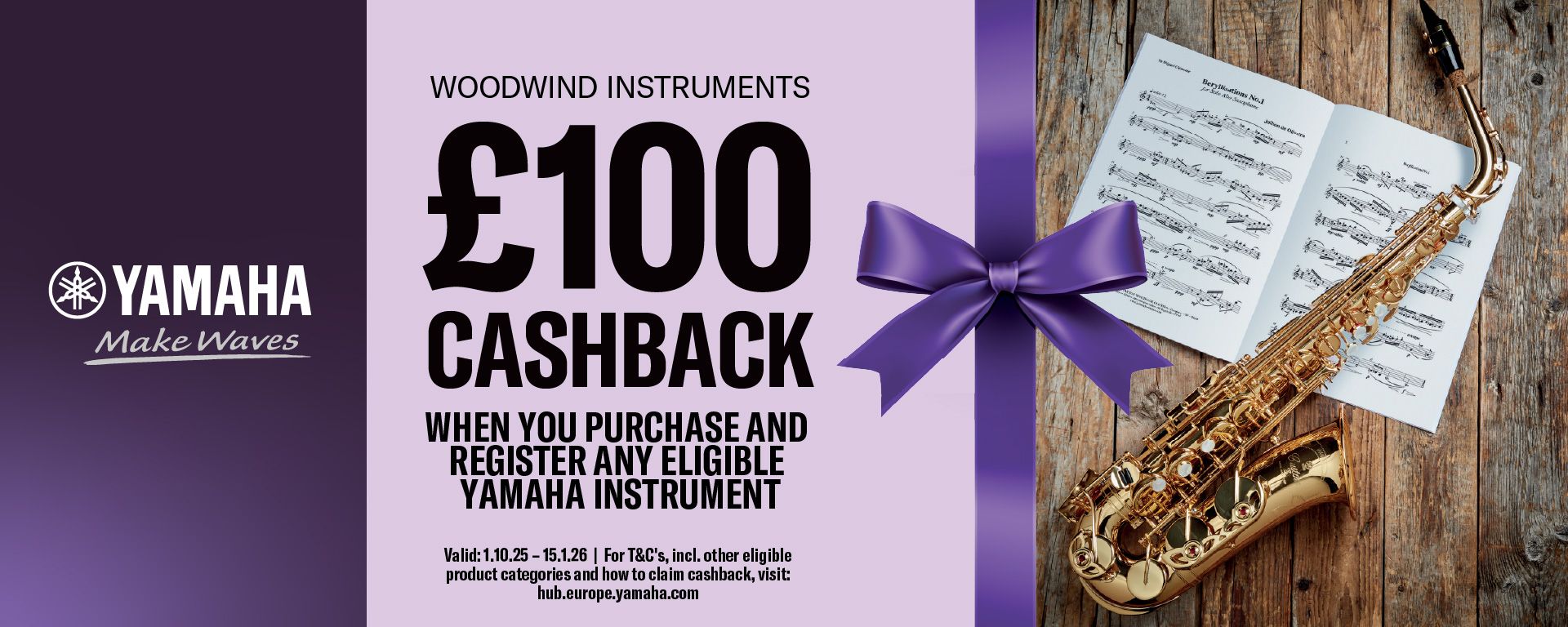Staff Pick
“Everyone loves this!”
This is an amazingly effective piece of music. Beautiful as a solo piece, it can transform into a wash of sound by using more players. Written at around a grade 6 level and without barlines it does benefit from a little preparation. The skill is then listening to the previous player to judge your entry before playing with complete flexibility and freedom of expression. This takes everyone out of their comfort zone, especially if using a large performance space to spread out, but as the wonder of the music evolves this caution soon disappears and the result is a glorious rippling of sound which is really magical. An added bonus is that Margaret Lowe has given permission for endless copies to be made, making it a very cost effective purchase. Forever useful and everyone loves it. Perfect!

Pan - Journal of the British Flute Society
Margaret Lowe has been a driving force on the UK flute choir scene for as long as I can remember. She has worked tirelessly to raise the profile of the flute choir as a serious musical entity, commissioning works and setting up the National Flute Orchestra. Her Dawn Carol is a Fanfare for flutes, commissioned by Carol Kniebusch Noe and the IMU Aute choir in 1996. It was previously published by Margaret's organisation, the Birmingham Flute Commission, and is now available in this new edition from Emerson.
The musical material itself is simple, with short motivic ideas raking inspiration from bird song and the Dawn Chorus hinted at in the title. Each player has the same material and treats the music canonically, coming in after the previous player's first phrase. The piece can be played by any number of players, and sounds fabulous when the players are positioned throughout the performance venue. The melodic ideas are clearly notated, but there is room for flexibility and expressive freedom, which provides a wonderfully varied sound around the space, as different players interact and approach the material in different ways.
The idea is simple, but enormously effective, and means the piece can be played by a variety of different players and ensembles. The flute writing is mostly in the upper registers, and there's a pianissimo high A at the end which needs some control, but the flexibility of tempo and rhythmic freedom in the phrases means that it could be approached without too much trouble by intermediate players of around Grade 4 upwards.
This is a gem in the flute choir's repertoire, and I’d love to hear it performed more often. Bravo to Emerson Edition for making this widely available.
Carla Rees
From the Publisher
This ‘Fanfare for Flutes’ is a beautiful evocation of the dawn chorus, which is intended to be played by as many players as are available, scattered around the hall and in amongst among the audience.
It begins with a single player and builds to a glorious chorus of singing flutes. Each individual player enters canonically according to a pre-arranged but random order, with the second and subsequent players starting as the previous player reaches a specific point.
While the rhythms are reasonably accurately notated, the piece should be played with some degree of flexibility, freedom and individuality, depending to some extent on the acoustics of the hall. The phrases are not intended to coincide, but should overlap, with the length of the pauses left to the individual player. The result should be a continual sound, but with the players dropping out in turn at the end of the first section. The second section starts in a similar fashion after a short break. Dynamics are intended as a guide only; players may substitute their own.
One score is provided, but with permission to make as many copies as are necessary to facilitate a performance.
This piece was originally published in 1996 by the Birmingham Flute Commission and was written for, and dedicated to, Carol Kniebusch Noe and the James Madison University Flute Choir.
There are a number of performances of this piece on YouTube.
Item Details
Our Stock Code: 1645200Instrumentation
- Part 1: Flute
Category: Flute Orchestra Music
Publisher: Emerson Edition
Publisher's reference: E786
Media Type: Paperback (1 pages [score])
Country of Origin: UK Mainland
HS Code: 49040000

